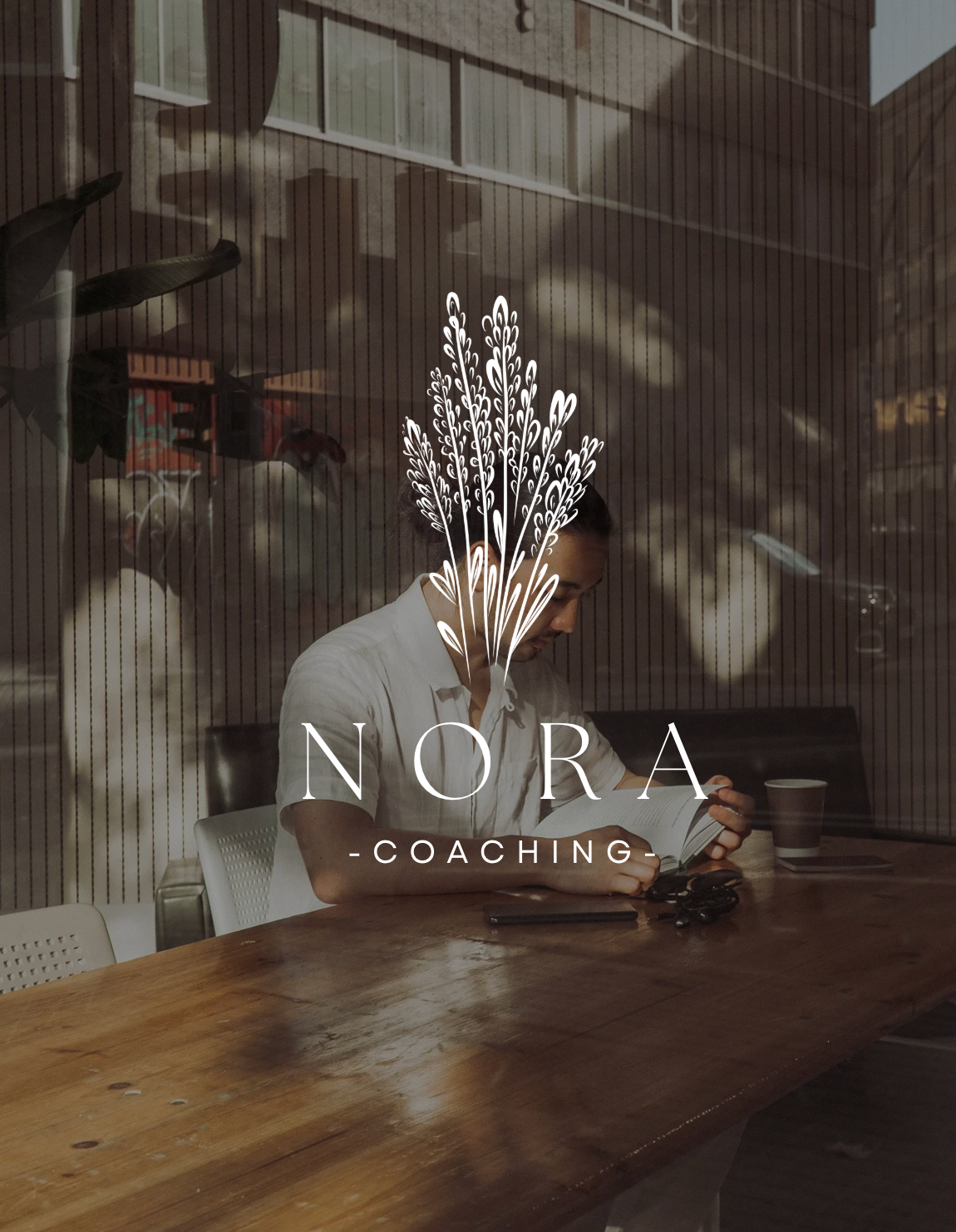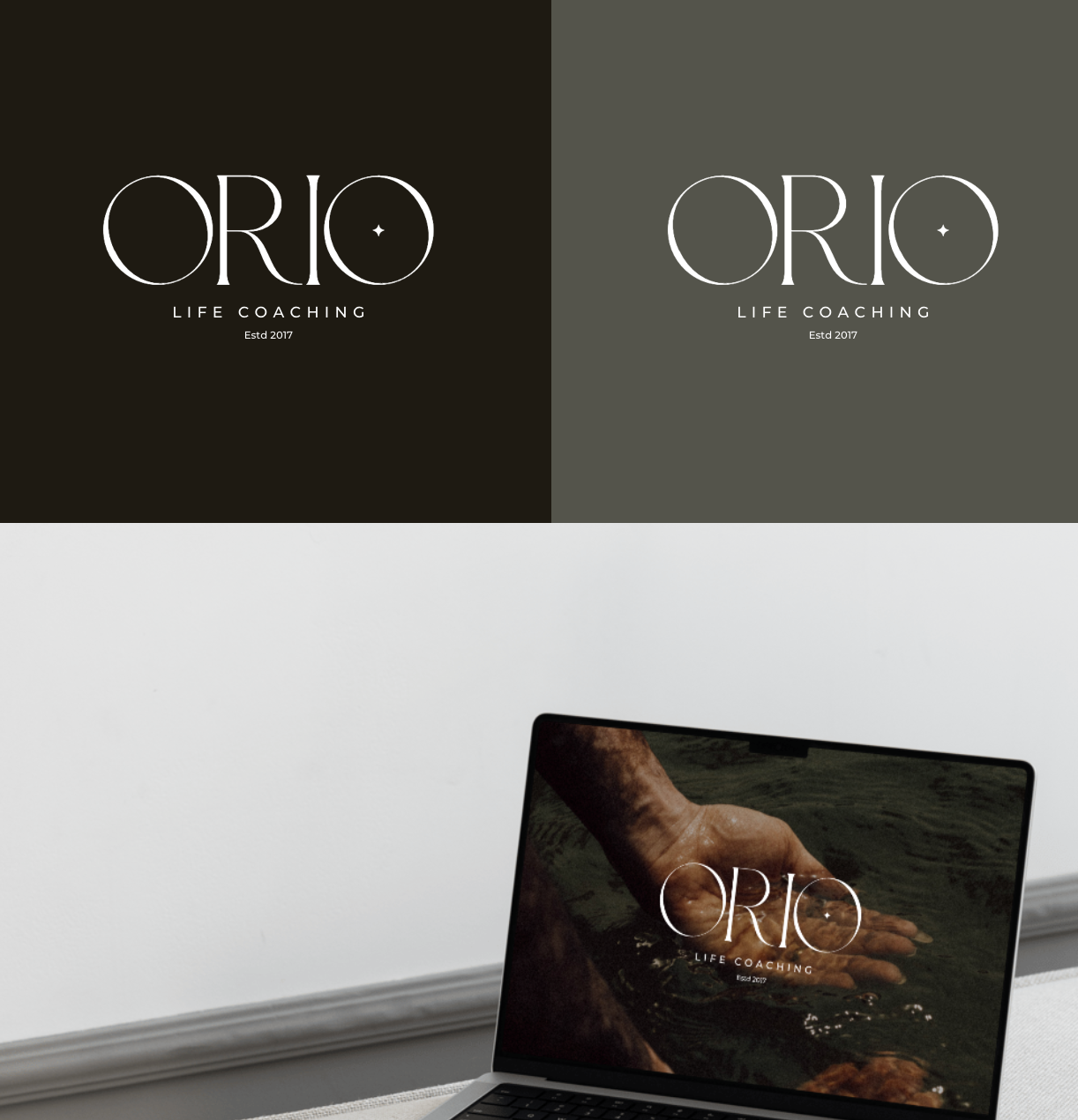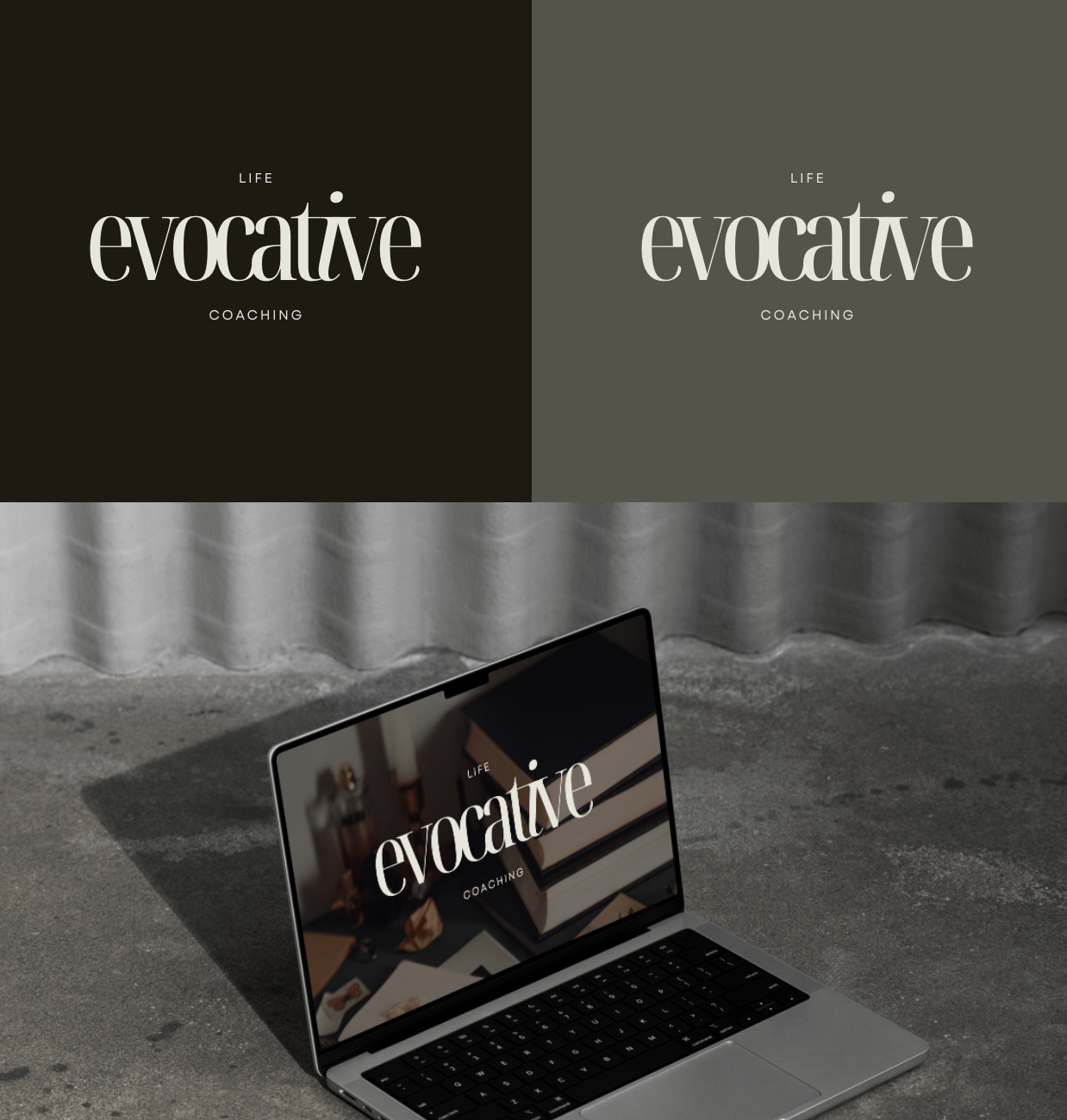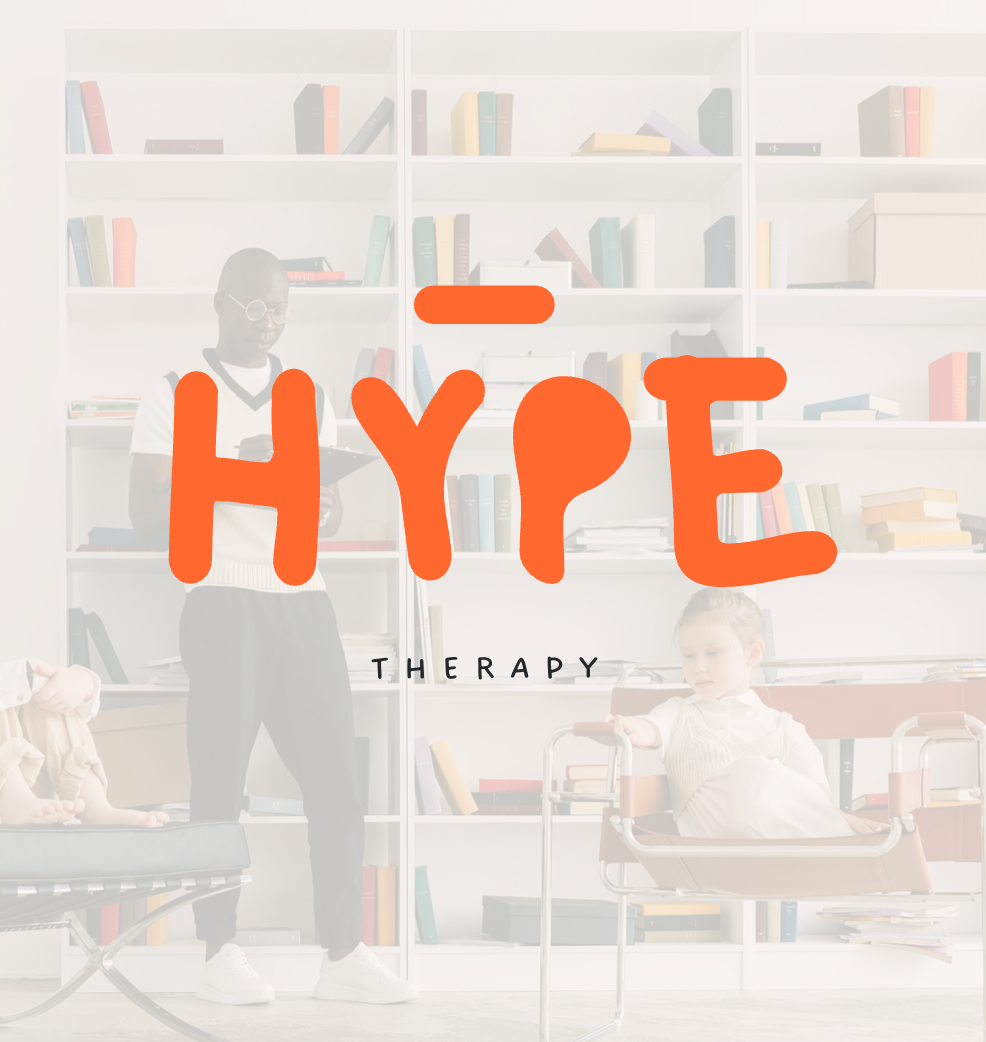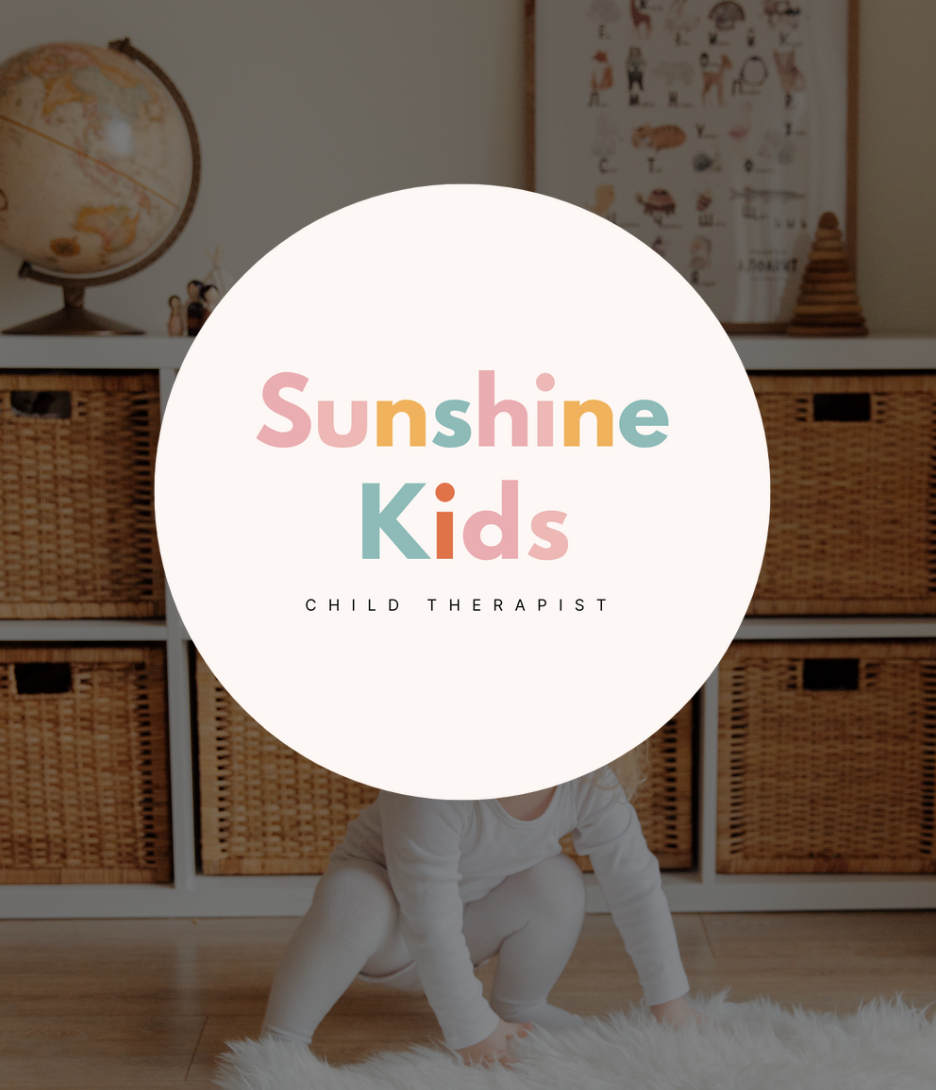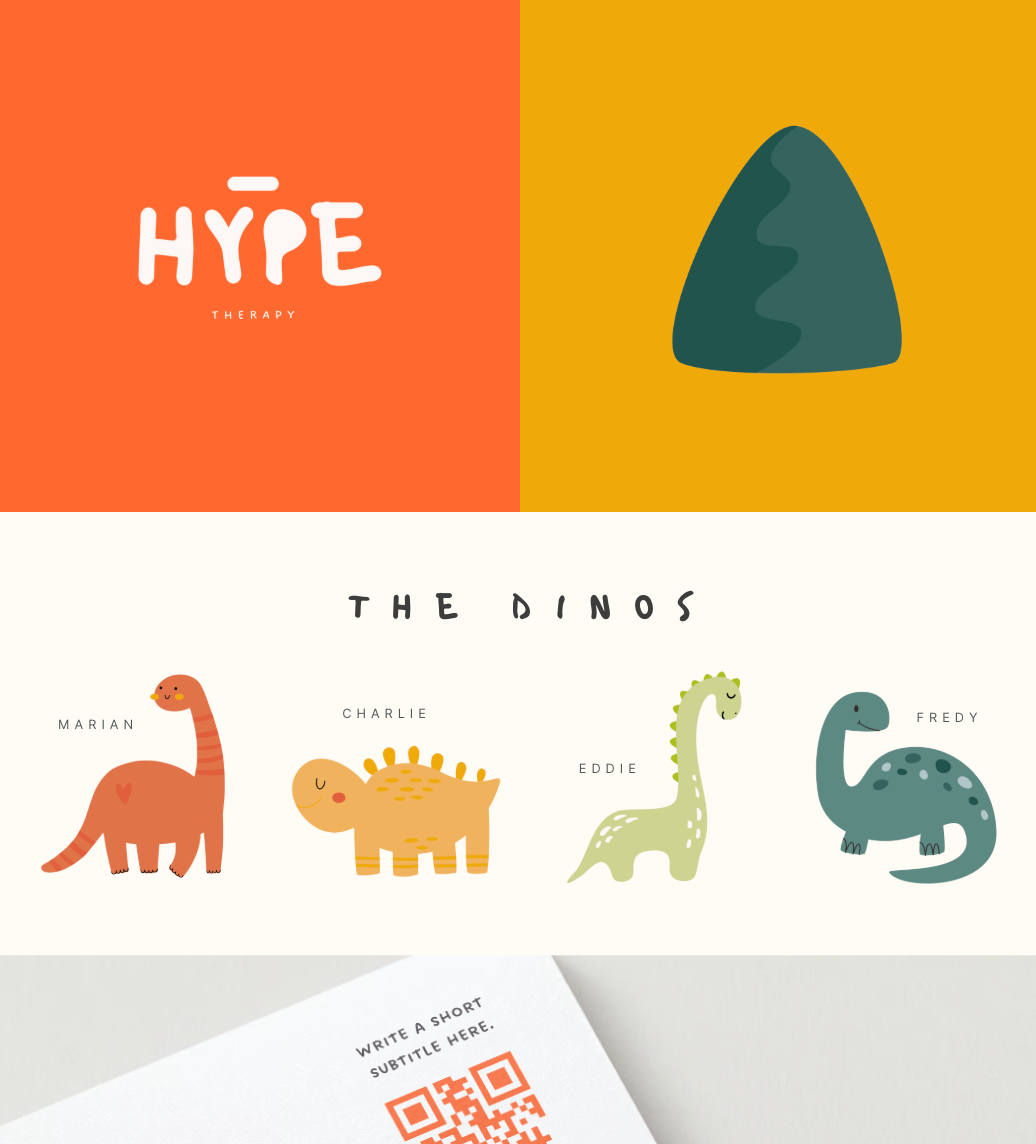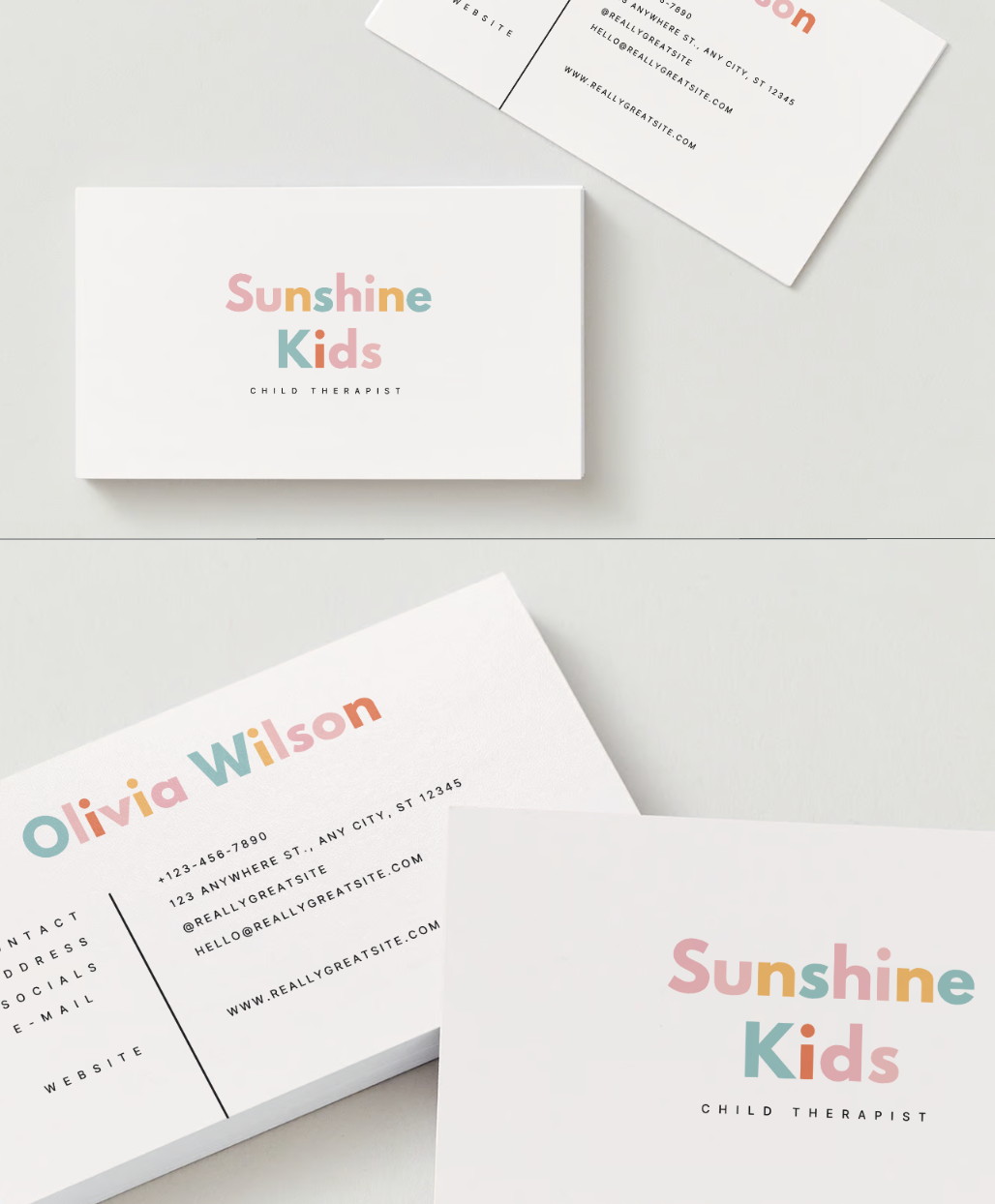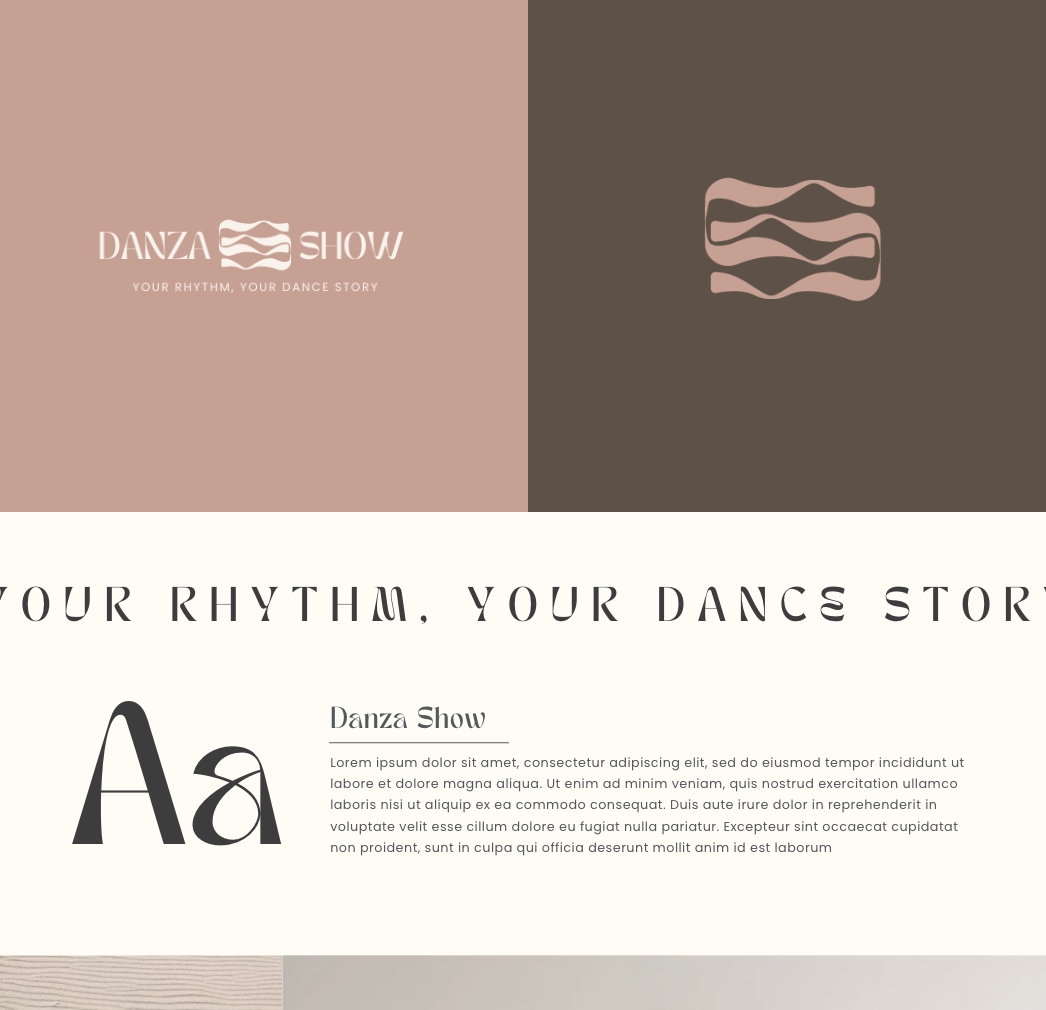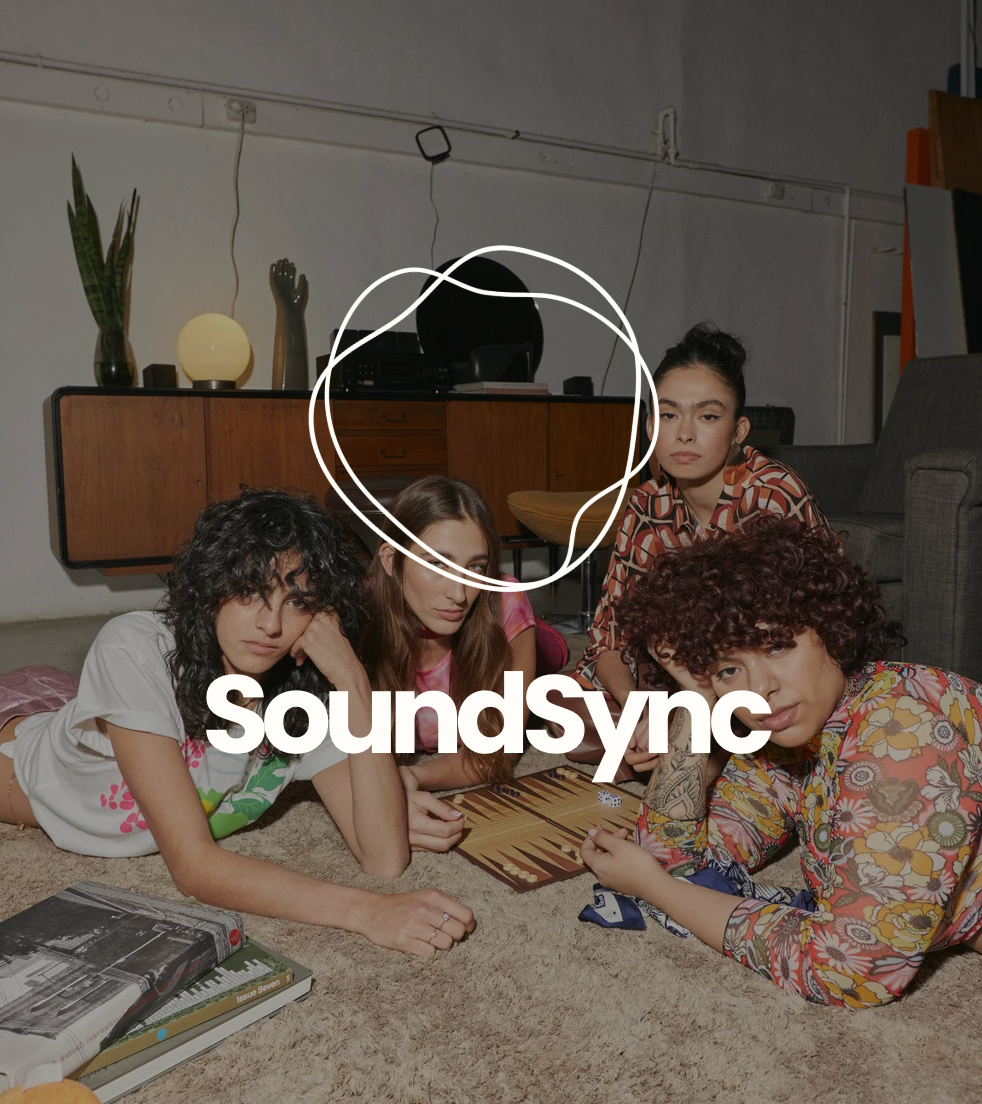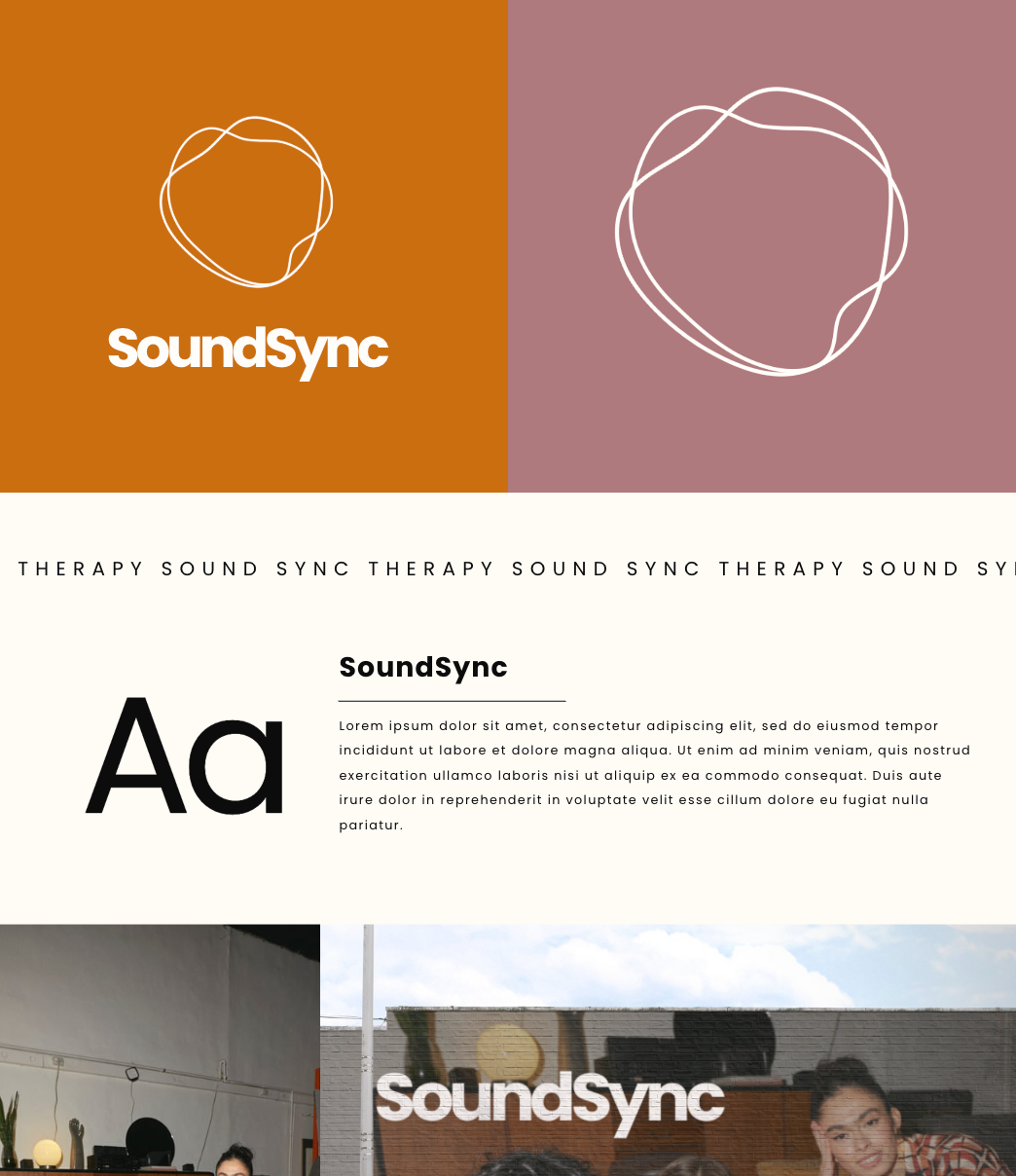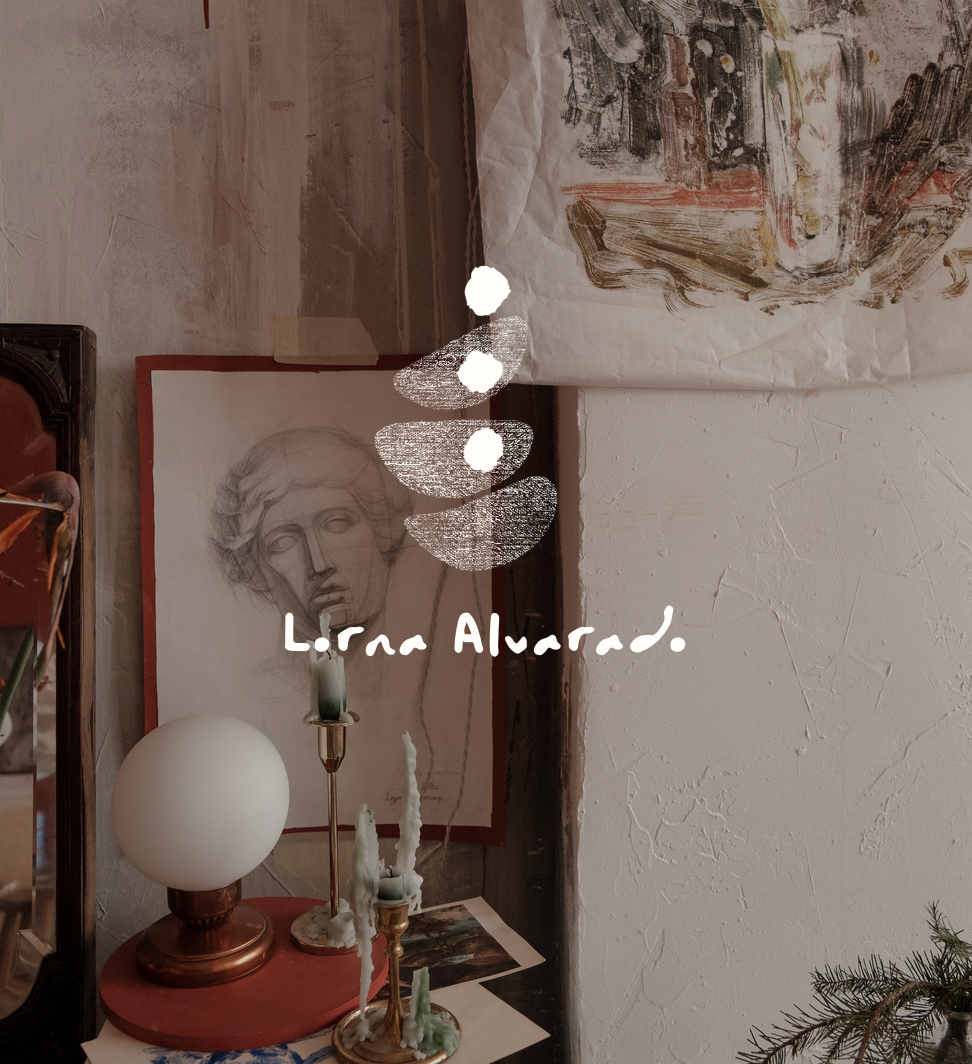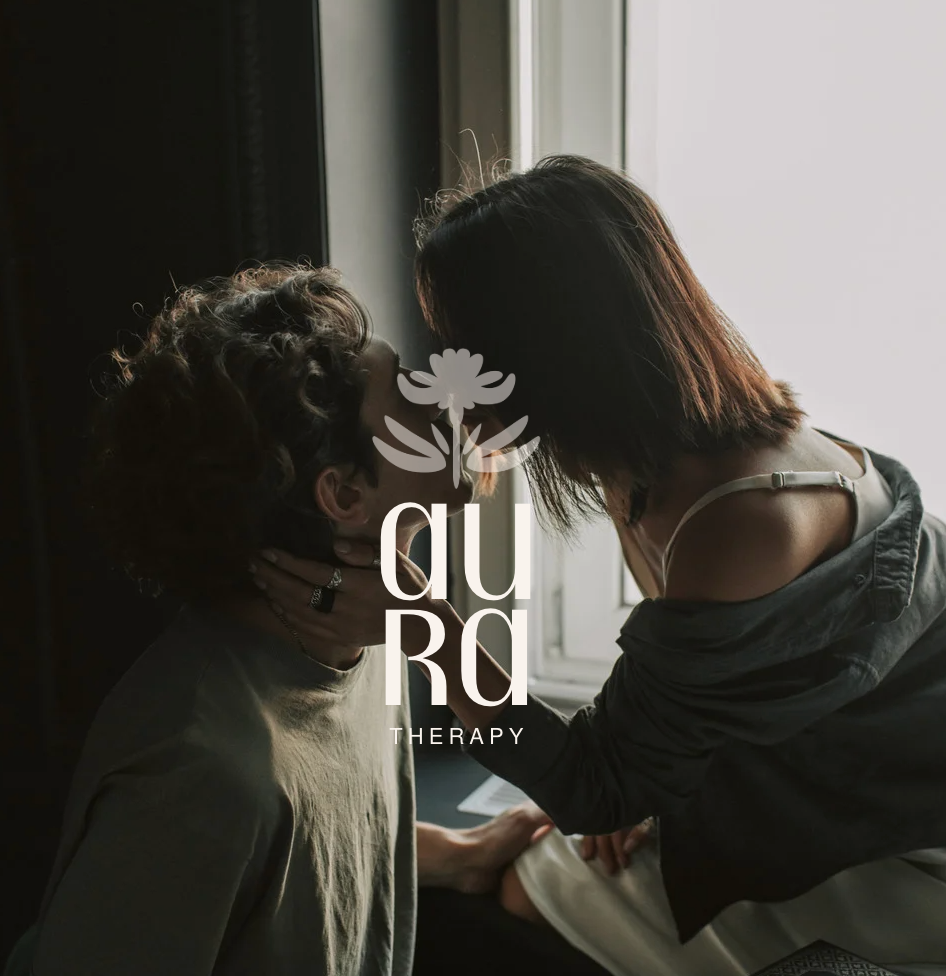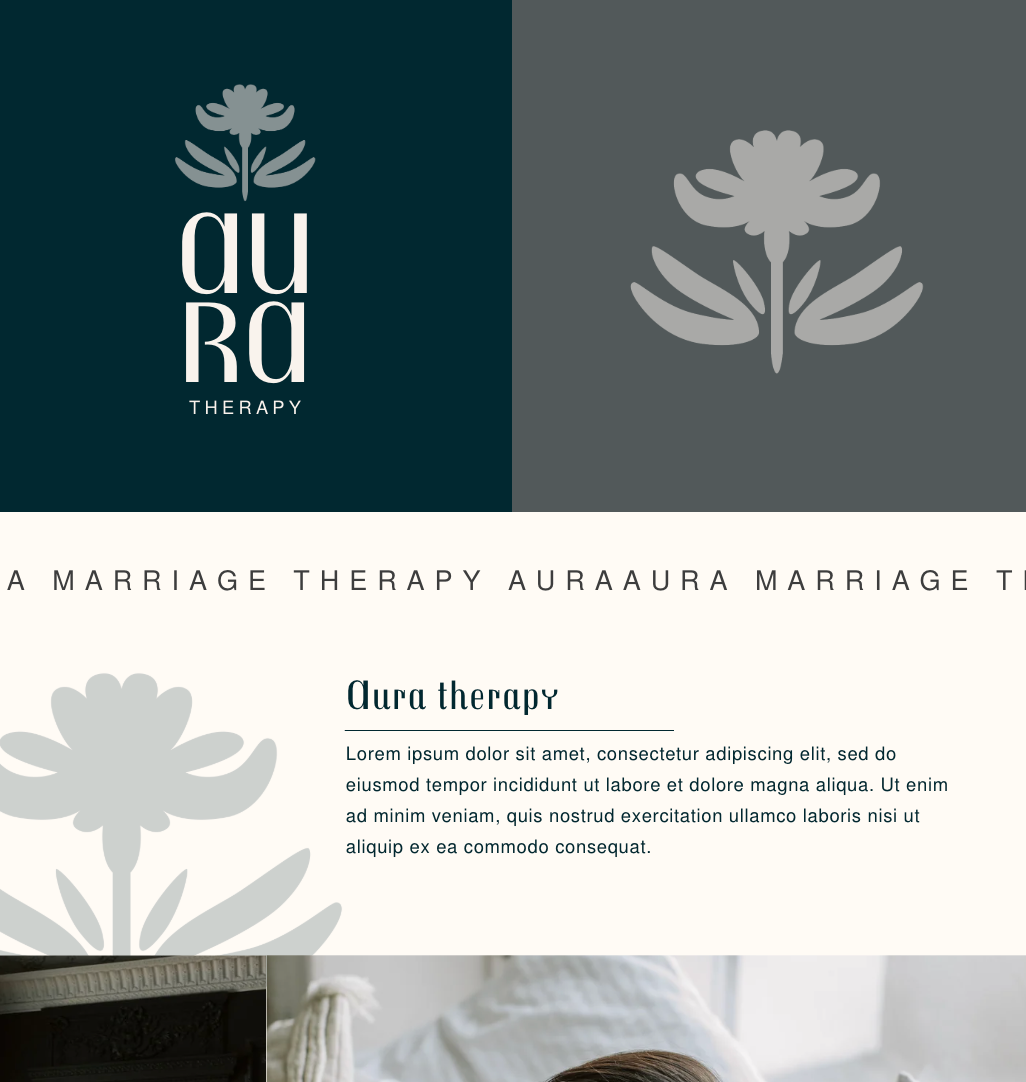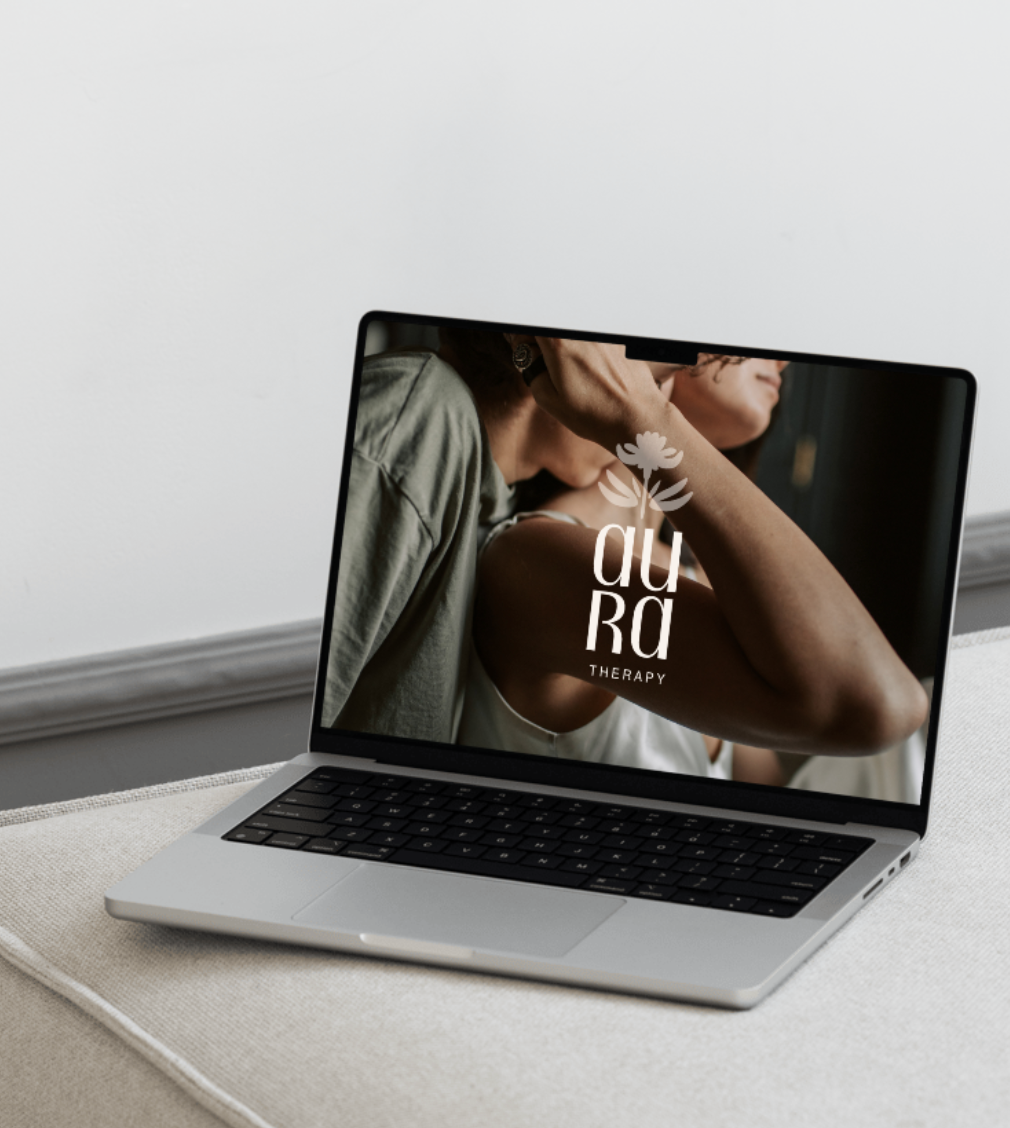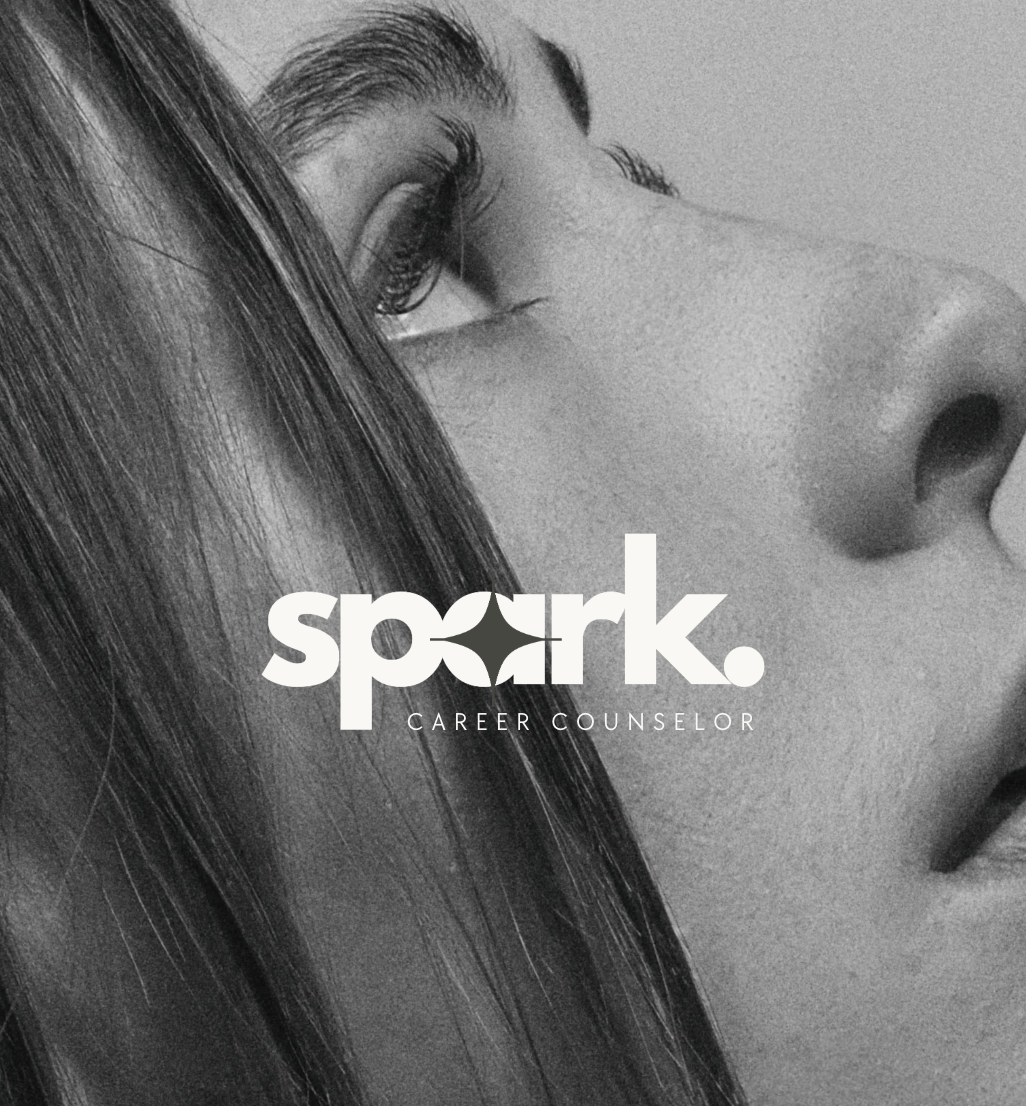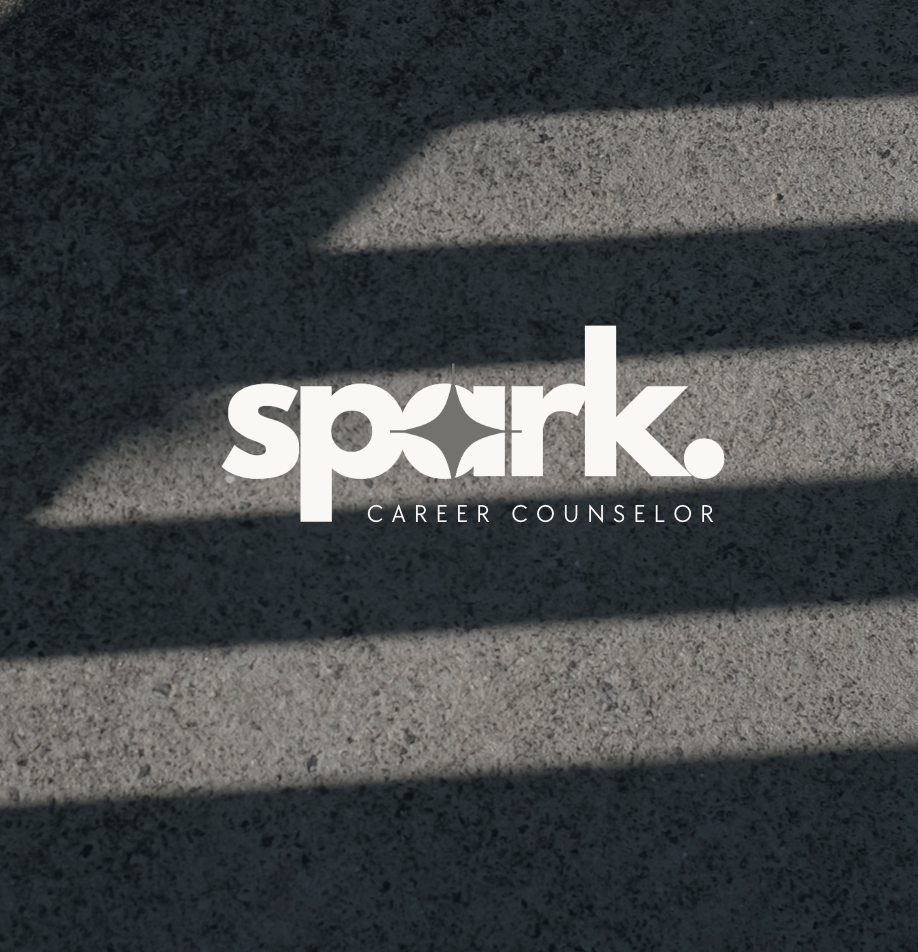20+ aesthetic and modern counseling logo ideas for every niche
20+ aesthetic and modern counseling logo ideas for every niche
Every day, people are bombarded with thousands of logos. They see them on social media, on storefronts, in emails, and even on the smallest details like business cards. So, with all that visual noise, how does your private practice stand out?
As a therapist, your work is deeply personal. You create a space where clients feel safe, heard, and supported. But before they ever step into a session, they need to feel that connection with your brand—starting with your logo. Your logo isn’t just a design; it’s a reflection of your practice’s identity, values, and the promise of healing you offer to your clients.
Yet, many therapists struggle with branding. Should your logo feel calming or empowering? Should it include symbols, or is a simple wordmark enough? And how do you ensure it doesn’t blend into the sea of generic wellness brands?
The good news? You don’t have to figure this out alone.
In case we haven’t met yet, I’m Natalia, a website designer for therapists and practitioners. I help private practice owners like you amplify their magic, gain visibility, and simplify their marketing efforts through strategic web design and branding. In this guide, I’ll walk you through how to create a logo that not only looks professional but also resonates with your ideal clients—helping you build a recognizable, trustworthy brand.
Let’s dive into the key elements of a strong therapy logo, branding tips, and how to make sure your visual identity truly reflects your practice.
Why branding matters for a therapist
Branding isn’t just about looking professional—it’s about creating trust, recognition, and an emotional connection with potential clients before they even book a session. A strong brand helps you communicate who you are, what you do, and why clients should choose you over someone else.
Think about the brands that you recognize instantly—Coca-Cola, Nike, Apple. You don’t need to see their name to know who they are. That’s the power of branding. Your private practice might not be a global corporation, but your brand should be just as intentional.
Here’s why investing in branding is essential for mental health professionals:
- Builds trust and credibility – A professional, cohesive brand makes clients feel safe and reassured before they even step into your office.
- Enhances memorability – With so many therapists out there, branding ensures that people remember you.
- Attracts the right clients – A well-developed brand speaks directly to your ideal clients, making them feel like you’re the right fit for their needs.
- Reflects your expertise – Your brand showcases your specialization, approach, and what makes you unique.
- Strengthens your online presence – A well-branded practice performs better in SEO, driving organic traffic to your website.
Branding isn’t just about having a cool logo—it’s about creating an identity that resonates.
The key elements of branding for therapists
1. Define your brand message
Before designing anything, get clear on what your practice represents. Ask yourself:
- What are my core values as a therapist?
- What type of client experience do I want to provide?
- How do I want my brand to feel—calming, structured, modern, holistic?
Your messaging should be consistent across all platforms, including your website, social media, email marketing, and print materials.
2. Choosing the right colors (and why they matter)
Color psychology plays a major role in branding. People associate different emotions with different colors, and you want to ensure your practice conveys the right message.
- Blue – Trust, stability, and calmness (commonly used by mental health professionals).
- Green – Healing, balance, and renewal (great for holistic therapy or nutritionists).
- Purple – Wisdom, creativity, and emotional depth.
- Neutral tones (beige, soft gray, white) – Warmth, safety, and comfort.
Stick to a primary color with two or three complementary shades for a polished, professional appearance.
3. Choosing the right typography
Your font choices communicate just as much as your colors do. Typography should match the personality of your practice while remaining readable.
- Serif fonts (like Times New Roman, Playfair Display) – Traditional, professional, and sophisticated. Ideal for psychotherapists or clinical psychologists.
- Sans-serif fonts (like Open Sans, Montserrat, Lato) – Clean, modern, and approachable. Great for online therapists and life coaches.
- Script fonts (like Pacifico, Dancing Script) – Elegant and personal but should be used sparingly.
Tip: Never use more than two fonts in your branding—one primary font and one complementary font for contrast.
4. The power of a strong logo
Your logo is the face of your brand. It should be simple, recognizable, and instantly communicate what your practice is about.
Think of the Nike swoosh, the golden arches of McDonald's, or the Apple logo.
You want a logo that:
- Is simple and scalable (works on a website, business cards, or even a social media profile).
- Aligns with your brand identity (colors, fonts, and feel should be consistent).
- Stays timeless (avoid trendy elements that might look outdated in a few years).
Avoid overcomplicated designs—clean, minimalist logos tend to perform best.
Common mistakes to avoid in logo design for therapists and counselor
Your logo is often the first impression potential clients have of your practice, so getting it right is crucial. Here are some common mistakes therapists make when designing their logo:
- Overcomplicated designs – A cluttered logo with too many elements, colors, or intricate details can be difficult to recognize and scale across different platforms. Keep it clean and simple.
- Using generic symbols – Cliché images like lotus flowers, generic brain icons, or overused wellness symbols can make your brand blend in rather than stand out. Choose something that reflects your unique approach.
- Ignoring scalability – Your logo should look just as good on a business card as it does on a website or social media profile. If it loses clarity when resized, it needs simplification.
- Choosing trendy over timeless – A logo based on fleeting design trends might feel modern now but could look outdated in a few years. Aim for a design that will remain relevant over time.
- Poor font choices – Hard-to-read, overly decorative, or mismatched fonts can make your logo look unprofessional. Stick to one or two complementary fonts that align with your brand’s personality.
- Not considering color psychology – Colors evoke emotions, and the wrong color palette can send mixed signals. Make sure your logo colors align with the feelings you want to inspire in your clients.
Logo inspiration for different types of therapists and counselors
For each category, I'll describe the unique design elements that work well for that specialty and leave space for visuals.
Counseling logos
Clean and calming designs that use neutral colors and abstract symbols.
Examples: Minimalist logos with soft lines, circles representing wholeness, or nature-inspired elements.
Nutritionist logos
Designs that convey health, nourishment, and balance.
Elements: Leaves, bowls, simple food illustrations, soft greens, and natural tones.
Mindset coach logos
A logo that embodies clarity, transformation, and personal growth.
Often uses brain-inspired icons, upward arrows, or geometric balance symbols.
Child therapist logos
Warm and friendly designs with soft, playful elements.
Often includes hand-drawn illustrations, friendly fonts, and bright pastels.
Dance therapy logos
Motion-inspired logos that reflect movement and freedom.
Common elements: Silhouettes, curved lines, fluid typography.
Music therapy logos
Designs that integrate musical symbols like notes, sound waves, or instruments.
Often paired with soft blues and calming gradients.
Art therapy logos
A creative, colorful, and expressive logo.
Uses abstract brush strokes, paint splatters, or geometric designs.
Marriage therapy logo
Logos that symbolize unity, partnership, and communication.
Rings, hearts, intertwined hands, or puzzle pieces.
Career counselor logo
Professional yet approachable logos that convey guidance and success.
Uses directional symbols (compass, arrows) and sophisticated fonts.
Your brand is your Impact – let’s build It together
Branding is more than just visuals—it’s about crafting an experience that makes clients feel safe, understood, and confident in choosing you as their therapist.
If you want a brand that genuinely reflects your practice and resonates with your ideal clients, I can help. Let’s create a logo, website, and brand identity that aligns with your mission and attracts the clients you’re meant to serve.
👉 Explore my branding and web design services for therapists here.
Related reads:
- Are Google Ads for therapists worth it? Pros and Cons
- The best practice management software for your private practice
- Should you have your website in Simple Practice? Pros, cons, and website examples
- The Best Healthcare Work-From-Home Jobs vs. Private Practice
- How my clients recover from therapist burnout with this simple strategy
- The best therapist website template structure I recommend to all my clients

* AI Disclosure: This content may contain sections generated with AI with the purpose of providing you with condensed helpful and relevant content, however all personal opinions are 100% human made as well as the blog post structure, outline and key takeaways.
* Affiliate Disclosure: Some of the links on www.nataliamaganda.com may contain affiliate links meaning that I will get a commission for recommending products at no extra cost to you.

hello! i'm natalia
Latina, web design expert for mental health professionals.
I help ambitious life coaches, therapists and holistic leaders amplify their magic, gain visibility, and simplify their marketing efforts through strategic web design and content.





